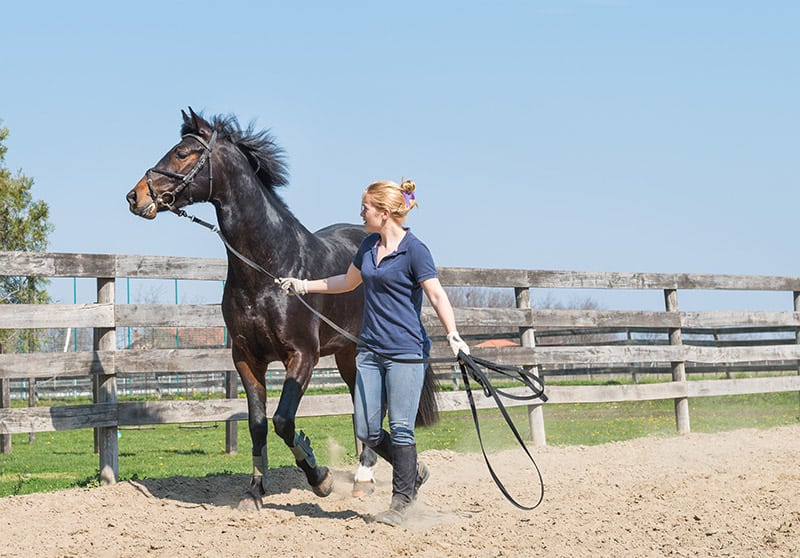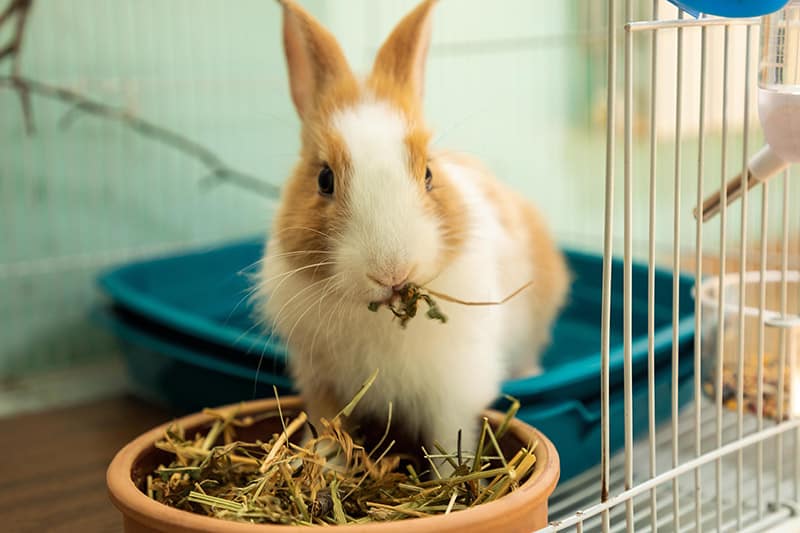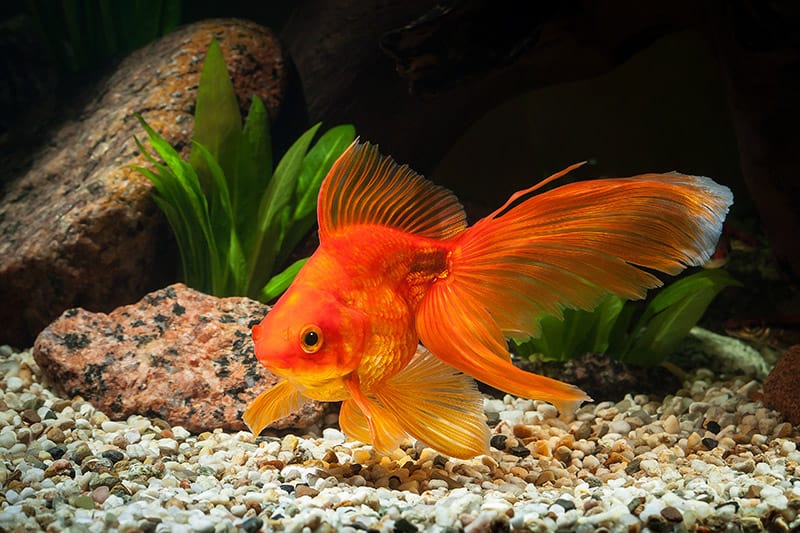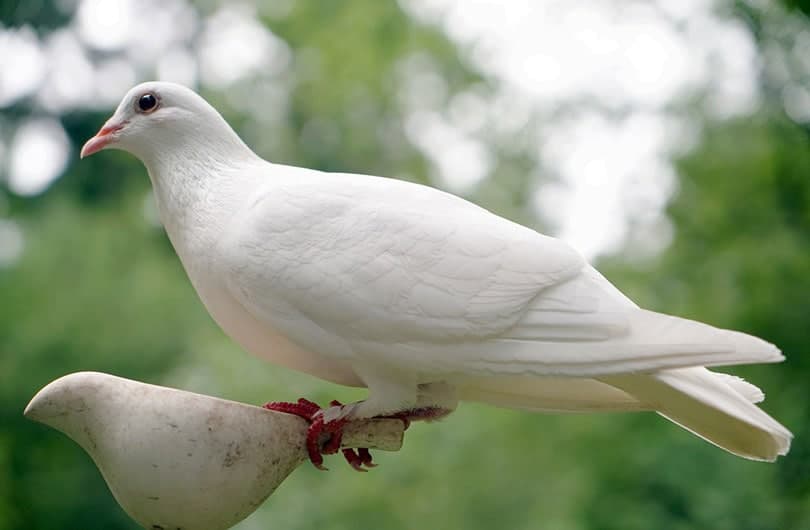Man-made animals are real live animals!… not animal wannabes like chia pets, furbies, or virtual pets.
Some of the most popular and favored animals that we encounter everyday are basically man-made. These animals are not a new phenomenon; many have been around for thousands of years.
Today’s domestic pets are some earliest animals to be developed. Yet for some of the most popular man-made animals, the original species are no longer found in nature. In fact there are contrary opinions on some, about which species they even originated from.
Since the time when the first wild dogs began skirting human encampments to catch snacks and waste to fill their bellies, the crafting of animals began. Man with his incredible creativity took specific species, domesticated them, and then began to develop them to fill all sorts of needs. They were selectively bred for optimal forms and vocalizations so that they could provide protection, aid in hunting, carry loads, and even be a food source.
Man then took the next step and began to craft animals for more than just practicality. Select breeds began to be developed for unique appearances and for song. New body shapes emerged as well as longer or shorter limbs and tails along with unusual and attractive skin coverings of feathers or fur. But a favorite development has been, and still is, the incredibly beautiful new color forms.
Popular man-made animals are mostly developed from a single species, selectively bred for particular traits. There are also hybrids and mutations. Hybrids result from crossing two closely related species while mutations result from a change in a gene or a chromosome.
Looking at the history of any particular group, however, you will find that a number of breeds are also now “extinct.” Those are animals that lost favor for one reason or another, so were no longer developed.
The 8 most popular man-made animals
1. Dogs

The dog Canis lupus familiaris is the first domesticated animal. Although there are varying studies, it is believed its domestication could have started as early as 34,000 years ago. Other closely related dog types are wolves and foxes. At one time was a popular belief that the ancestors of today’s domestic dogs were wolves, but that lineage has pretty much been disproven in more recent studies.
There are well over 300 breeds of dogs, not including all the newer designer dogs being developed today. The breeds we see today however, are at most only a few hundred years old.
The categorization of dogs differs slightly between breed registries. In the United States we usually follow the groupings as set by American Kennel Club (AKC). These groups are the herding dogs, working dogs, hound dogs, sporting dogs, non-sporting dogs, terrier dogs, toy dogs, and mixed dogs.
2. Cats

The domestication of cats is believed to have started at least 8,000 years ago. This is indicated by a cat jawbone found on the island of Cyprus in 1983, which dates back to about 6000 B.C. The first record of domesticated cats is from about 3000 to 1450 B.C.
The African wildcat Felis silvestris lybica is the ancestral subspecies from which domestic cats are descended. In Northern Africa, somewhere around 7000 to 5000 B.C., these small, tabby-striped wild felines arrived in human settlements and started the process of domestication. The domestic cat was first classified as Felis catus by Linnaeus in 1758, but can also be called by its subspecies name, Felis silvestris catus.
Today there are not only the natural breed cats, but also hybrid cat breeds, cat breed mutations, and exotic cats.
3. Horses

The modern horse is the direct descendant of the Eohippus, which lived about 60 million years ago. Their domestication began around 4000 BC and is believed to have become widespread by 3000 BC.
There are three types of horses, medium sized light breeds that originally evolved in the southern hemisphere, large heavy (draft) breeds that evolved in the northern hemisphere, and the shorter durable Pony breeds that evolved in both.
The horse breeds can further be divided into three groups based on temperament; the light horses are the “hot bloods” known for speed and endurance, the heavy or draft horses and ponies are “cold bloods” used for heavy work, and the “warm bloods” are crosses between the two with a focus on riding.
Today there are more than 300 breeds of horses, each developed for particular uses. There are also a number of wild horse populations, called “feral breeds”, in numerous countries around the world.
4. Rabbits

Rabbits have been around for at least 3 to 4 million years. All domesticated rabbits are descended from the European Rabbit Oryctolagus cuniculus. This is the only species of rabbit which has ever been domesticated. They were first domesticated in Spain, but then became widely distributed by the seafaring Phoenicians. Still today wild European Rabbits can be found in countries all across the world.
Rabbits have a great capacity to multiply themselves and so can be readily raised. They have been domesticated and used for many different purposes. Today there are at least 40 known breeds and around 130 varieties. There are also 10 or so varieties that are now extinct.
Pet rabbits can be categorized into four broad groups; fancy breeds, lop breeds, fur breeds, and rex breeds.
5. Canaries

All domestic canaries are descended from the Atlantic or Island Canary Serinus canaria. Since 1478, when the Spaniards conquered the Canary Islands, these canaries became favored for their beautiful song, coloration, and feathering.
Today there are basically three breed types of domestic canary and numerous varieties in each breed and there are many mixed breeds. The breed types include: the Color Canary bred for various colors, the Song Canary bred for their song, and the Type Canary bred for distinct characteristics of shape, feathering.
Some canary types that were popular at one time are no longer available, having made way for new varieties and the varieties that are currently popular.
6. Goldfish

All the goldfish of today originated from Central Asia (Siberia). They are descendants of a wild carp fish known as the Prussian or Gibel Carp Carassius gibelio (syn: Carassius auratus gibelio).
Goldfish are one of the first aquatic animals in recorded history to be kept as pets. They were originally developed in China, beginning somewhere between the years 265 – 420. They were then traded to Japan in the 1500’s, to Europe in the 1600’s, and to America by the 1800’s.
The results of this century’s long endeavor are the wonderful goldfish varieties we see today. They have been developed for body shape and form, finnage, and a wide variety of beautiful colors. It is estimated that there are over 125 types of gold fish.
7. Guinea Pigs

The Guinea Pig Cavia porcellus, is also called the “Cavy,” and is a species of rodent. The popular guinea pigs of today are believed to be the result of the hybridization of three closely related cavy species. They were domesticated between 9000 and 3000 B.C. by the Incas of Peru, and were used for their fur as well as used for food. English and Dutch slave traders took some of these guinea pigs to Guinea (thus the name “guinea”) and then to Europe, where they became popular pets.
There are many breeds of guinea pig or cavy that have been developed to become very appealing pets. The English or American Short-haired, Abyssinian which has a rough-coat, and the Peruvian which has a long-coat, are the three “core” breed that the others were developed from. Today there are at least 13 recognized breeds, a number of unrecognized breeds, and many color varieties of each breed type.
8. Pigeons and Doves

All domestic pigeons and dove have come from a single species of wild pigeon, the Rock Dove Columba livia. There is no scientific separation between them, but in general the term ‘pigeon’ is usually applied to the larger species and ‘dove’ to the smaller species. They are generally recognized as one or the other by the common names given to them over the years.
It is not known when these birds first became kept in captivity, but they have been bred and hybridized for various purposes for thousands of years. They have been crafted for specialized traits such as the homing instinct, aerial acrobatics, and unique feather structures. There are over 200 domesticated pigeon and dove breeds with at least 1250 varieties of these breeds.
There are all sorts of other animals that have also been developed through selective breeding. They include not only mammals, but also birds, aquatic species and reptiles. A lot of exciting new varieties being crafted today, yet they still represent only small a handful of animals when you consider the hundreds of thousands of species found throughout the Animal World.
Clarice Brough is a team member at Animal-World and has contributed many articles and write-ups.
Photos and collage images provided courtesy of Animal-World.com contributors on Dr. Jungle’s Pets and Animal Photos and Classroom Clipart.
Featured Image Credit: XiXinXing, Shutterstock
